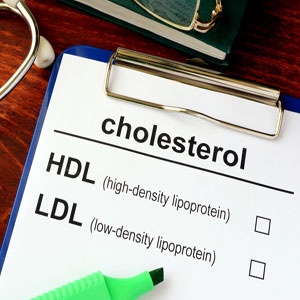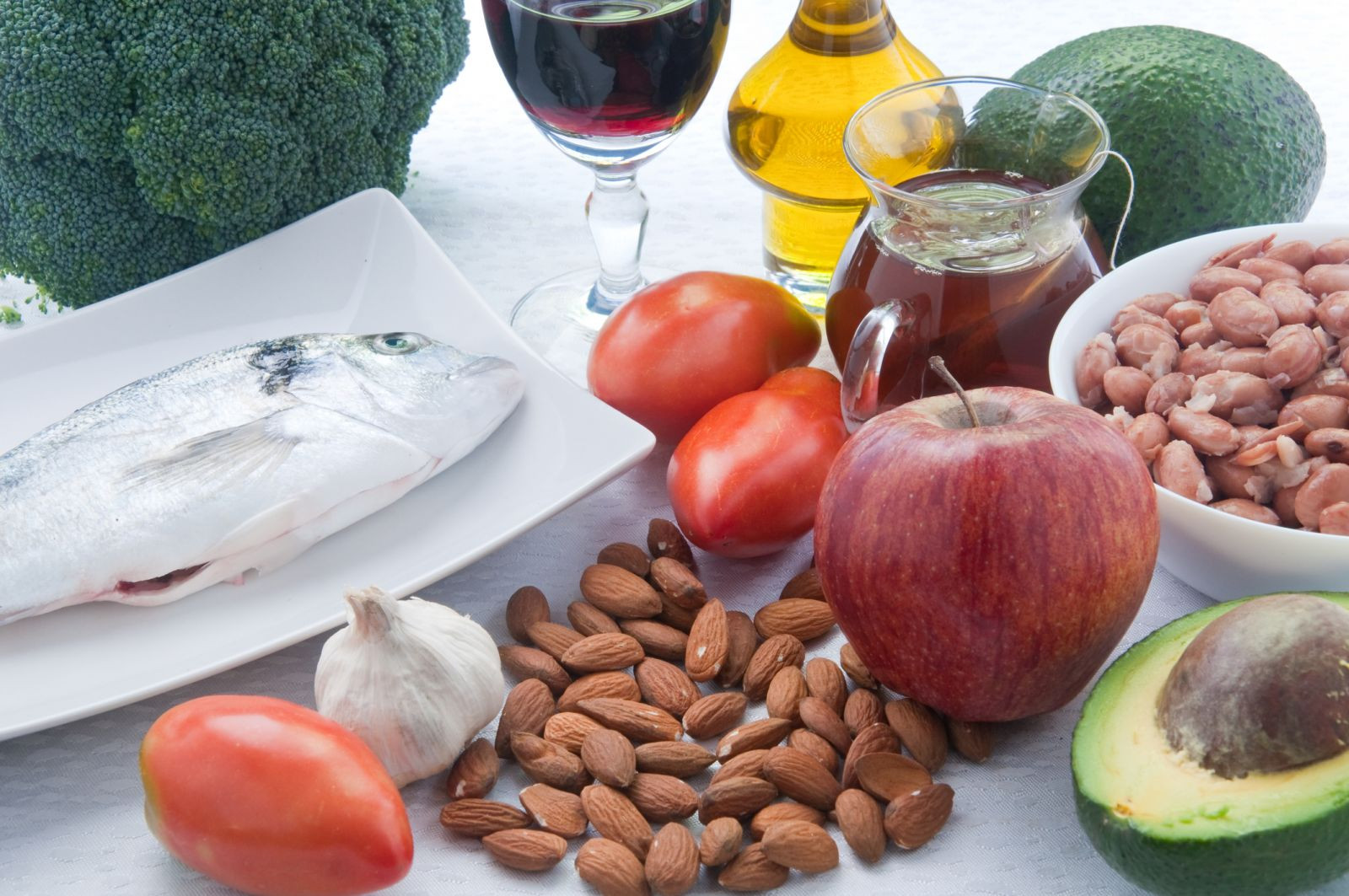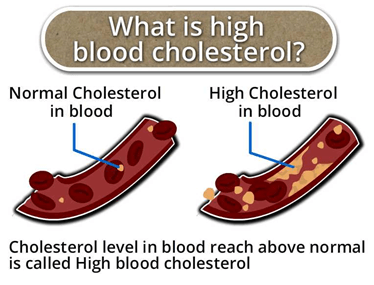Best Exercises To Lower Cholesterol
Cholesterol is a waxy substance made of fats and other compounds that is found in your blood. It attaches to proteins in the blood to form lipoproteins,High cholesterol, as most people know, is bad for your health.
Contents
Exercise has the greatest effect on triglycerides by lowering them, and on HDL, the good cholesterol, by increasing it. Exercise does not have much impact on LDL, the “bad” cholesterol unless combined with dietary changes and weight loss. Check with your doctor before starting an exercise program.
It is worth noting that there are two main types of cholesterol in a person’s body: LDL cholesterol and high-density lipoprotein (HDL), or “good,” cholesterol.
When people talk about lowering their cholesterol levels, they are referring to LDL cholesterol.

Cholesterol Levels For Adults
- Total cholesterol levels less than 200 milligrams per deciliter (mg/dL) are considered desirable for adults.
- A reading between 200 and 239 mg/dL is considered borderline high and
- a reading of 240 mg/dL and above is considered high.
- LDL cholesterol levels should be less than 100 mg/dL.

Best Exercises To Lower Cholesterol
What are the warning signs of high cholesterol?
- Nausea.
- Numbness.
- Slurred speech.
- Extreme fatigue.
- Chest pain or angina.
- Shortness of breath.
- Numbness or coldness in extremities.
- High blood pressure.

Below are 10 natural ways to improve your cholesterol levels.
- Focus on Monounsaturated Fats. …
- Use Polyunsaturated Fats, Especially Omega-3s. …
- Avoid Trans Fats. …
- Eat Soluble Fiber. …
- Exercise. …
- Lose weight. …
- Don’t smoke. …
- Use alcohol in moderation.
Can you burn off cholesterol?
- Cholesterol is a type of lipid, just as fats are. However, unlike fat, cholesterol can’t be exercised off, sweated out or burned for energy.
- It is found only in animal products, including meat, chicken, fish, eggs, organ meats and high-fat dairy products.
Which Exercise Is Best To Lower Cholesterol ?
Can exercise bring down high cholesterol?
Exercise can improve cholesterol. Moderate physical activity can help raise high-density lipoprotein (HDL) cholesterol, the “good” cholesterol. With your doctor’s OK, work up to at least 30 minutes of exercise five times a week or vigorous aerobic activity for 20 minutes three times a week.
- Find an exercise you enjoy, and stick with it. Before you do, though, talk to your doctor before starting any new or more strenuous exercise routine.
If you are new to exercise or are starting a new routine i suggests the following:
- Warm up and cool down. Spend five minutes on each before and after you exercise. Simply walking in place can do the trick.
- Begin slowly. Start working out for a short amount of time – it can be as little as 10 or 15 minutes – and slowly increase.
- Build up slowly. When you feel comfortable with your time, increase by just five minutes a week, until you can exercise at least 30 minutes each day. It’s also OK to split this up into, say, three 10-minute sessions throughout the day.
- Keep it moderate. You should be working easy enough to carry on a conversation but hard enough so you are too breathless to sing comfortably.
- Set your goal. Try to achieve 150 to 300 minutes per week of moderate exercise. All it takes is 30 minutes of exercise seven days per week or 40 minutes of exercise five days per week.
There are plenty of aerobic exercises that can help improve lipid profiles that don’t cost a thing:
- Taking a brisk walk.
- Jogging.
- Riding your bike.
- Yoga.
- Tai chi.
Likewise, resistance exercise is harder without the machines at your local gym. However, free weights, kettlebells and resistance bands are not too expensive. You can also do simple strength exercises like:
Best Exercises To Lower Cholesterol
- Pushups.
- Pullups.
- Situps.
- Squats.
- Lunges.
- Planks
Another way to increase your physical activity is with recreational activities like dancing. Even doing household chores, walking your dog or climbing stairs at a faster pace or carrying heavier objects can count toward your daily goal of 30 minutes.
Which exercise is best to reduce cholesterol?
- Any exercise is better than none, but the following six types have shown in studies to be effective at reducing cholesterol levels.
- Go for a nice run or jog. …
- Take a brisk walk. …
- Bike to work or just for fun. …
- Take a few laps at the pool. …
- Lift a few weights. …
- Strike a few yoga poses.
Tracking Heart Rate
- Tracking the heart rate during exercise can help a person reach their fitness or weight loss goals. Heart rate is a good indicator of how much effort a person is putting in when exercising.
- The AHA recommend that people reach 50–85% of their maximum heart rate when exercising.
11 Foods That Lower Cholesterol

Foods that make up a low cholesterol diet can help reduce high levels
Changing what foods you eat can lower your cholesterol and improve the armada of fats floating through your bloodstream. Adding foods that lower LDL, the harmful cholesterol-carrying particle that contributes to artery-clogging atherosclerosis, is the best way to achieve a low cholesterol diet.
Add these foods to lower LDL cholesterol
Different foods lower cholesterol in various ways. Some deliver soluble fiber, which binds cholesterol and its precursors in the digestive system and drags them out of the body before they get into circulation. Some give you polyunsaturated fats, which directly lower LDL. And some contain plant sterols and stanols, which block the body from absorbing cholesterol.
1. Oats. An easy first step to lowering your cholesterol is having a bowl of oatmeal or cold oat-based cereal like Cheerios for breakfast. It gives you 1 to 2 grams of soluble fiber. Add a banana or some strawberries for another half-gram. Current nutrition guidelines recommend getting 20 to 35 grams of fiber a day, with at least 5 to 10 grams coming from soluble fiber. (The average American gets about half that amount.)
2. Barley and other whole grains. Like oats and oat bran, barley and other whole grains can help lower the risk of heart disease, mainly via the soluble fiber they deliver.
3. Beans. Beans are especially rich in soluble fiber. They also take a while for the body to digest, meaning you feel full for longer after a meal. That’s one reason beans are a useful food for folks trying to lose weight. With so many choices — from navy and kidney beans to lentils, garbanzos, black-eyed peas, and beyond — and so many ways to prepare them, beans are a very versatile food.
4. Eggplant and okra. These two low-calorie vegetables are good sources of soluble fiber.
5. Nuts. A bushel of studies shows that eating almonds, walnuts, peanuts, and other nuts is good for the heart. Eating 2 ounces of nuts a day can slightly lower LDL, on the order of 5%. Nuts have additional nutrients that protect the heart in other ways.
6. Vegetable oils. Using liquid vegetable oils such as canola, sunflower, safflower, and others in place of butter, lard, or shortening when cooking or at the table helps lower LDL.
7. Apples, grapes, strawberries, citrus fruits. These fruits are rich in pectin, a type of soluble fiber that lowers LDL.
8. Foods fortified with sterols and stanols. Sterols and stanols extracted from plants gum up the body’s ability to absorb cholesterol from food. Companies are adding them to foods ranging from margarine and granola bars to orange juice and chocolate. They’re also available as supplements. Getting 2 grams of plant sterols or stanols a day can lower LDL cholesterol by about 10%.
9. Soy. Eating soybeans and foods made from them, like tofu and soy milk, was once touted as a powerful way to lower cholesterol. Analyses show that the effect is more modest — consuming 25 grams of soy protein a day (10 ounces of tofu or 2 1/2 cups of soy milk) can lower LDL by 5% to 6%.
10. Fatty fish. Eating fish two or three times a week can lower LDL in two ways: by replacing meat, which has LDL-boosting saturated fats, and by delivering LDL-lowering omega-3 fats. Omega-3s reduce triglycerides in the bloodstream and also protect the heart by helping prevent the onset of abnormal heart rhythms.
11. Fiber supplements. Supplements offer the least appealing way to get soluble fiber. Two teaspoons a day of psyllium, which is found in Metamucil and other bulk-forming laxatives, provide about 4 grams of soluble fiber.
BOTTOMLINE-Best Exercises To Lower Cholesterol
Cholesterol drops over time, not suddenly, after a few days of healthier living. There is no set period in which cholesterol is guaranteed to drop. Cholesterol-lowering drugs usually produce a change in LDL within 6 to 8 weeks. It is possible for lifestyle changes to change cholesterol levels within weeks.
Cholesterol helps the body build cells, make vitamins and hormones, and digest some fatty foods. However, high levels of LDL cholesterol can be dangerous and put a person at risk of several health issues, including heart attack and stroke.



